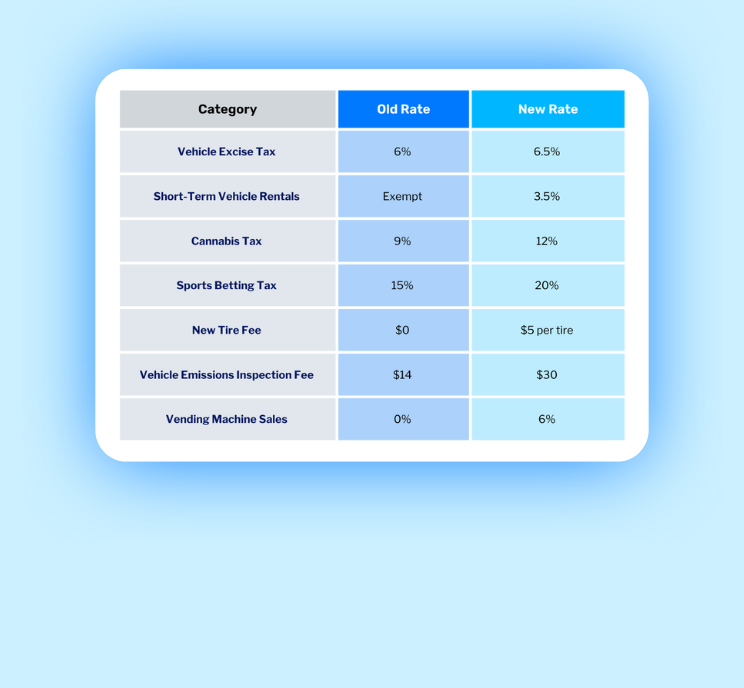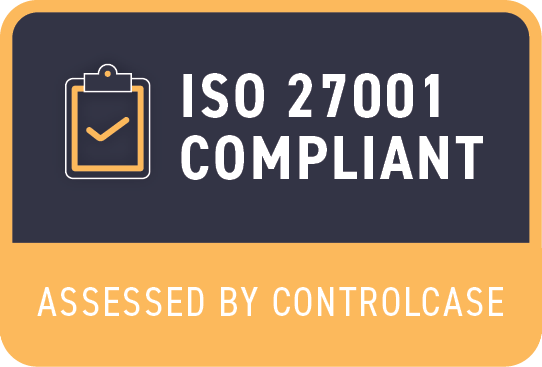Authored by Jodi Harris | Principal, Audit Services
System and Organization Controls (SOC) examinations—a process that consists of AICPA defined audit procedures resulting in the issuance of a SOC report—create various opportunities for organizations. Provided that the final report demonstrates a service organization’s commitment to evidencing the design and operating effectiveness of its control environment, these reports help organizations harness future relationships with clients, business partners, and even investors.
What many leaders struggle to understand is how to fully capitalize on the potential of a SOC examination and the resulting report and communicate the benefits to stakeholders.
Acquiring a SOC report is often viewed as part of the sales process for many organizations—an item to cross off the list before a customer contract can be signed. However, undergoing a SOC examination (often referred to as a SOC audit) can be a substantial investment for an organization in terms of both time and money.
With that type of input, we believe the output (or return on investment) should be far greater than the occasional new client. That’s where marketing a SOC report comes into play.
Is it Required to Share or Market a SOC Report?
To get right to it, no. A SOC report belongs to the service organization and does not have to be shared with clients, prospective clients, or the public. While there are a few legitimate reasons for not sharing a SOC report, most organizations will benefit from sharing their SOC report with current or prospective clients. We’ll get into the specifics and general considerations below.
What Does it Mean to Market a SOC Report?
A SOC report demonstrates an organization’s understanding and commitment to financial and security controls, so being proactive is key. To get the most value out of a SOC audit process, organizations should strategically market the completion and deliverance of the SOC report.
Marketing a SOC report is one of the best things an organization can do to:
- Differentiate themselves from the competition
- Position themselves as an industry leader
- Demonstrate that they are a trusted partner
- Acquire new and sustain existing clients
- Attract new partnerships and relationships
It’s for these reasons that we recommend organizations who haven’t completed a SOC examination do so, even if a prospective client is not actively requesting one.
Marketing a SOC report—which can take the shape of sharing a copy of the report with specified entities, explicitly stating that you have completed a report, or making it publicly available on your website—varies by report type. This article will provide an in-depth overview of what type of report makes sense for your organization and how you’re permitted to market it.
The Acute Differences Between SOC 1, 2, and 3 Examinations
Provided these three different types of SOC examinations, it can be difficult to understand which is best for an organization overall versus which is ideal purely for marketing purposes.
Below are the key differentiators to help you make that determination.
- SOC 1 examinations are limited in scope and best suited for organizations that must instill confidence in their controls over their customer’s financial data. Typically, clients’ external auditors use this report to assist in the audit of their own financial statements and for compliance with the Sarbanes-Oxley Act or similar regulations. Use of this report is restricted to the management of the service organization, user entities, and user auditors.
- SOC 2 examinations focus on how client data is stored and protected, and results in a more technical, security-focused report than a SOC 1. This report is an assessment of an organization’s controls as they relate to the (American Institute of Certified Public Accountants’ (ACIPA) five trust service categories: security, availability, processing integrity, confidentiality, and privacy.
- Unlike a SOC 1, a SOC 2 report can be given to prospective clients, existing clients, auditors, business partners, and regulators with insight into the internal controls of the organization. Although there are restrictions around marketing the results of the audit, there are no restrictions on marketing the fact an organization has completed a SOC 2 report.
- SOC 3 reports cover the same subject matter and examination process as a SOC 2, but its use and distribution are not restricted. The SOC 3 report typically contains only the auditor’s opinion, management’s assertion, and a short system description. The reports are used primarily for marketing purposes and can be made publicly available via a client’s website.
Learn About All Six SOC Report Types and More in our eBook
From what SOC reports are and whom they impact to examination preparation and maximizing internal control value, our eBook covers everything your service organization needs to know to build credibility and trust with key stakeholders.
The Competitive Advantage of Marketing a SOC 2 Report
Companies are frequently requiring their vendors to prove that they are properly protecting their data by completing a SOC 2 examination. When pursuing clients that require a SOC report, already having one available provides a major advantage over competitors that do not. Marketing the completion of a SOC 2 examination alone creates a substantial competitive edge and demonstrates how mature the security and control environment of an organization is.
Service organizations have always made the claim (and will continue to do so) that they are properly securing the data of their customers. But a SOC 2 report, backed by AICPA standards, is indisputable evidence of that claim.
Data security is rapidly becoming a top priority for companies as major corporations are more readily affected by data breaches and hackers. The ability to show strong controls around security, confidentiality, and privacy is a key component of marketing a SOC 2 report. Possessing a SOC 2 report demonstrates a strict adherence to security and a willingness to invest the time and money to prove it.
Since cybersecurity is such a pervasive issue, marketing a SOC 2 report on controls relevant to the AICPA’s five trust service categories substantially reduces buyer concern and increases the appeal of working with an organization from a buyer’s perspective.
Simply having a SOC 2 report communicates something culturally significant about the organization, reinforces what they value, and demonstrates their commitment to customer security.
In Closing
If an organization has already completed a SOC examination at the request of an existing client, resulting in a clean audit opinion within a SOC report, now is the time to market the report to obtain new clients and foster new relationships. If your organization hasn’t completed a SOC examination, now is the time to do so to open the door to new opportunities!
Ready to Get Started Now?
If you’d like to discuss how our team can help with your SOC examination needs, contact us to speak with an expert on our SC&H SOC Audit team.






